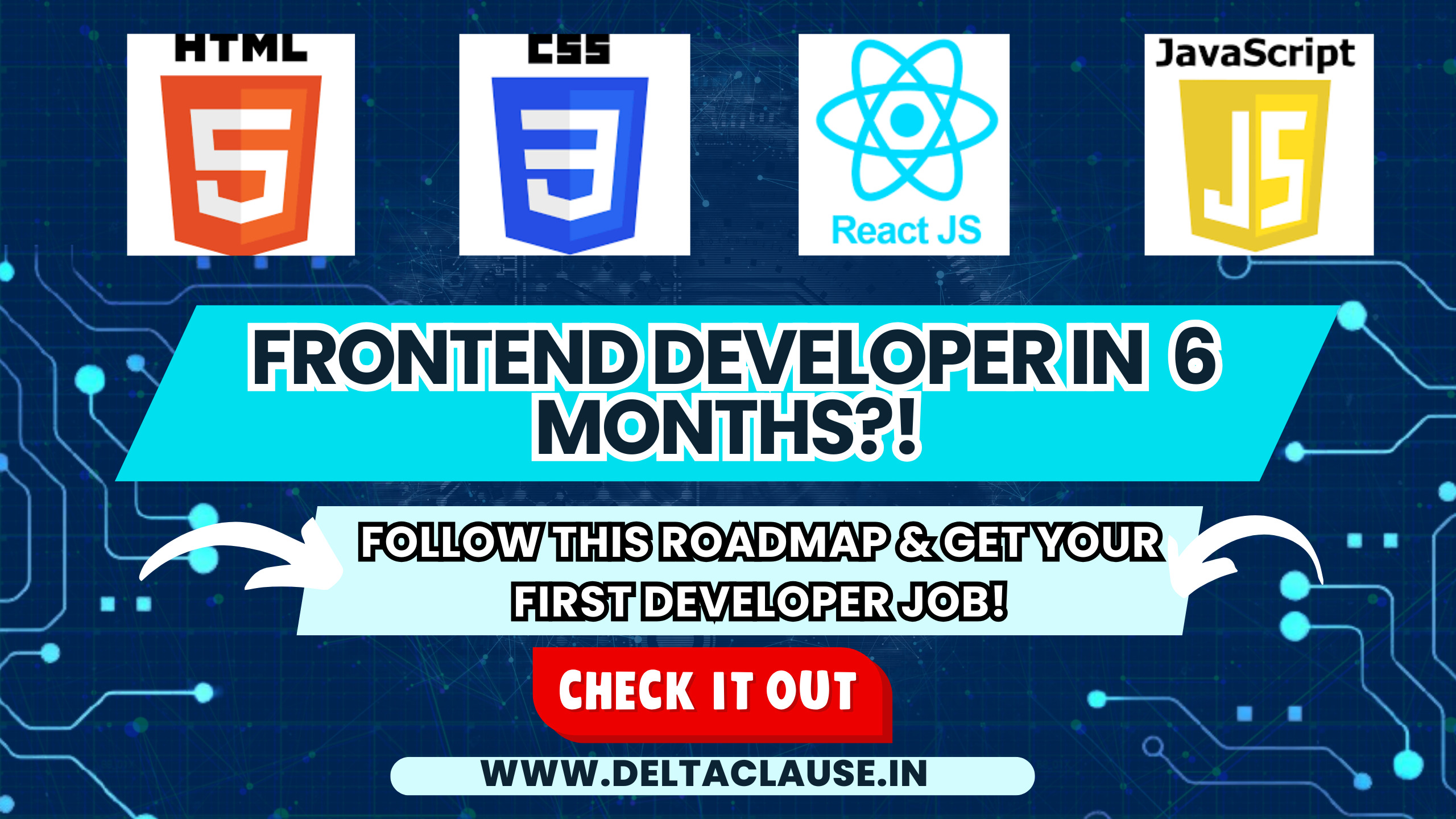Introduction
Hey, buddy! If you’re feeling about knowing the Fastest way to master Frontend Development and land your job, don’t worry—you’re not alone. Many beginners struggle with where to start, how to practice, and what projects to build. The good news? With the right approach, you can learn frontend development efficiently and land your first job in tech faster than you think. In this guide, we’ll share a proven roadmap that will take you from a complete beginner to a job-ready frontend developer. By following this structured plan, you’ll gain real-world skills, build projects, and create a portfolio that impresses employers. Let’s dive in!
Step 1: Master the Basics – HTML & CSS
Before jumping into complex topics, start with the foundation: HTML and CSS. These two technologies form the backbone of frontend development, and you must be comfortable with them before moving forward.
What to Learn:
- HTML Tags & Structure (Headings, Paragraphs, Forms, Tables, etc.)
- CSS Basics (Selectors, Box Model, Flexbox, Grid, Media Queries)
- CSS Frameworks (Bootstrap, Tailwind CSS)
Hands-On Practice:
- Create a simple landing page
- Build a personal portfolio website
- Clone a static version of popular websites like Amazon, Instagram, or Netflix
Smart Learning Tip:
Split your screen—watch a tutorial on one side while coding on the other. This method ensures that you’re actively writing code as you learn, reinforcing your understanding.
Step 2: JavaScript – The Core of Web Development
JavaScript is the most crucial programming language for frontend development. It makes web pages dynamic and interactive, allowing users to interact with elements on a website.
What to Learn:
- JavaScript Basics (Variables, Data Types, Functions, Loops, Events)
- DOM Manipulation
- ES6+ Features (Arrow Functions, Template Literals, Destructuring)
- Fetch API & JSON (Handling APIs)
Hands-On Practice:
- Build a to-do list app
- Create an interactive form validation project
- Develop a simple calculator
Smart Learning Tip:
After watching tutorials, close them and try to rebuild the project from scratch using your memory. This reinforces concepts and boosts retention.
Step 3: Git & GitHub – Version Control for Developers
Employers expect you to be familiar with Git and GitHub. These tools allow you to track changes in your code, collaborate with others, and showcase your work.
What to Learn:
- Initializing a Repository
- Committing Changes & Branching
- Pushing Projects to GitHub
Hands-On Practice:
- Upload all your projects to GitHub
- Contribute to open-source projects
- Create a README file for each project explaining its functionality
Step 4: Mastering Frontend Frameworks – React.js
React.js is one of the most in-demand frontend frameworks. Learning React will open doors to more job opportunities.
What to Learn:
- Components & Props
- State & Lifecycle Methods
- React Hooks (useState, useEffect)
- Routing with React Router
- API Integration with Fetch/Axios
Hands-On Practice:
- Convert your static portfolio website into a React app
- Build a weather app using an API
- Clone an e-commerce website interface
Smart Learning Tip:
Write your JavaScript logic before learning React. Once comfortable, convert your JS projects into React applications to understand how data flows in a framework.
Step 5: Work on Real-World Projects & Build Your Portfolio
Employers don’t just look at certificates—they want to see what you’ve built. Your portfolio should contain at least three high-quality projects that showcase your frontend skills.
Portfolio Project Ideas:
- E-commerce Website – Implement product listings, a shopping cart, and a checkout page.
- Social Media Dashboard – Show dynamic data, user interactions, and a responsive UI.
- Job Finder App – Fetch job listings from an API and allow users to filter results.
Smart Learning Tip:
Deploy your projects using Netlify or Vercel and include links in your resume. Employers love seeing live demos!
Step 6: Applying for Jobs & Preparing for Interviews
Once you have a strong portfolio, it’s time to land your first job.
How to Apply for Jobs:
- Optimize your resume by highlighting projects & skills
- Create a LinkedIn profile showcasing your work
- Apply on job portals (LinkedIn, Indeed, AngelList, Wellfound)
- Reach out to developers and hiring managers for referrals
Interview Preparation:
- Review frontend interview questions
- Practice coding challenges on LeetCode, HackerRank, or CodeSignal
- Learn about system design and best practices
Words of Encouragement
Learning frontend development might feel overwhelming at first, but don’t give up! Every developer started as a beginner. Stay consistent, build projects, and improve daily.
Remember:
- It’s okay to Google things—experienced developers do it too!
- You don’t need to know everything to get a job. Employers value practical skills over theoretical knowledge.
- The more you practice, the faster you’ll improve and land your first job.
If you stay committed and follow this roadmap, you can become job-ready within 6 to 12 months—or even faster! So, start coding today and take one step closer to your dream frontend developer job.
Good luck, and happy coding! 🚀
